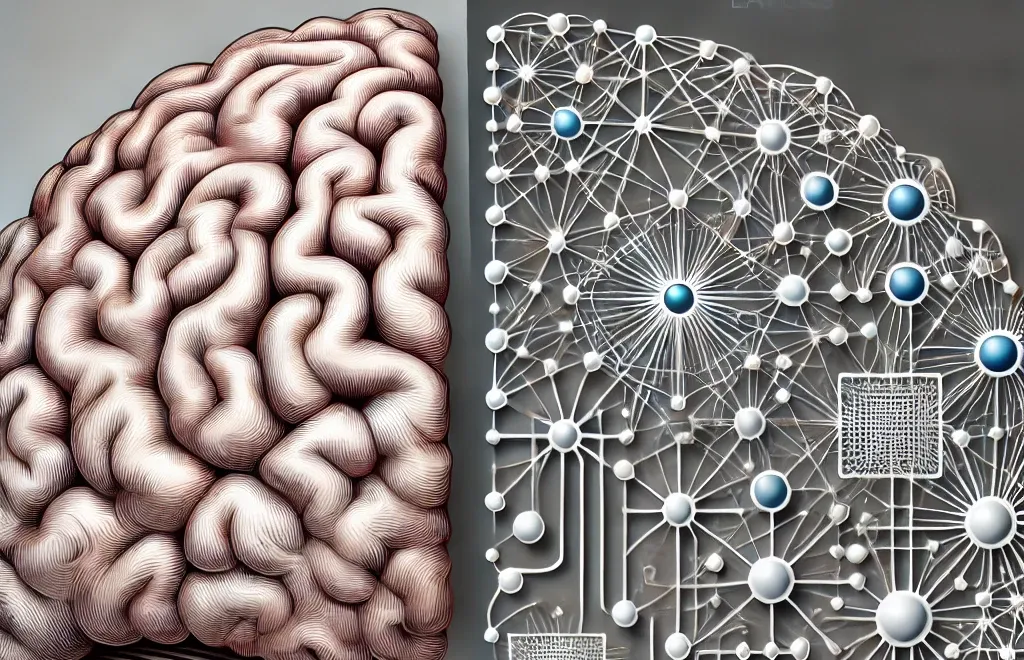Neural networks are a fundamental component of artificial intelligence (AI) and machine learning (ML), designed to simulate how the human brain processes information. These computational models are inspired by the structure and function of the human brain, making them essential for developing systems that can perform tasks such as image recognition, speech analysis, and decision-making.
Understanding the Basics: Neural Networks vs. Human Brain
At the core of both the human brain and artificial neural networks (ANNs) are neurons. The human brain consists of billions of interconnected neurons, each transmitting signals to others in response to sensory stimuli or internal processing. In a similar manner, artificial neural networks are made up of nodes, which function like the brain’s neurons, connected to each other through links called synapses. These links carry the signals from one neuron to another.
While the brain's processing is highly complex, neural networks simplify this by using mathematical equations and algorithms to simulate how neurons work.
Layers of Neural Networks: Mimicking Brain Structure
The structure of an artificial neural network is typically organized in layers, much like the layers of neurons in the human brain. These layers consist of:
- Input Layer: The first layer receives raw data, much like how sensory neurons collect stimuli in the human brain.
- Hidden Layers: Between the input and output layers, these layers process the received information. Just as the brain processes sensory inputs, neural networks filter and analyze data using mathematical transformations.
- Output Layer: This layer produces the final result, such as a classification or prediction, similar to how the brain makes a decision or provides a response based on processed information.
The more hidden layers an ANN has, the deeper its ability to understand and process complex patterns, similar to how the brain interprets increasingly sophisticated stimuli as it learns.
Learning: How Neural Networks Imitate Brain Processing
In humans, learning occurs by strengthening or weakening the connections between neurons based on experience. This concept is known as synaptic plasticity. Artificial neural networks replicate this by adjusting the weights of connections between nodes as they are trained.
For instance, a neural network is given data with expected outcomes. It predicts a result, then compares its prediction to the true output. If the network’s output is wrong, it adjusts the connections between nodes to improve future predictions. This process is called backpropagation, and it's fundamental to the way machine learning models "learn" over time.
Just as the human brain refines its neural connections based on repeated experiences (like learning to recognize faces or objects), neural networks improve their performance with more data and training iterations. With each training step, they get better at understanding the patterns in data, much like how humans enhance their cognitive abilities through practice.
If you are new to the implementation of neural networks in Python, you might want to explore how to create a neural network in Python with PyTorch for a practical approach.
Key Takeaways
Neural networks simulate human brain processing by organizing mathematical nodes in layers that mimic the brain’s neuronal structure. These systems process input, adjust internal connections through learning algorithms, and refine their outputs. The ability to train a neural network on vast amounts of data allows AI systems to recognize patterns, make predictions, and perform tasks that closely resemble human cognition.
Understanding how these artificial systems function opens the door for advancements in areas like natural language processing, self-driving cars, and personalized recommendations—ushering us into a future where machines can think and learn in ways that mirror human brains.

